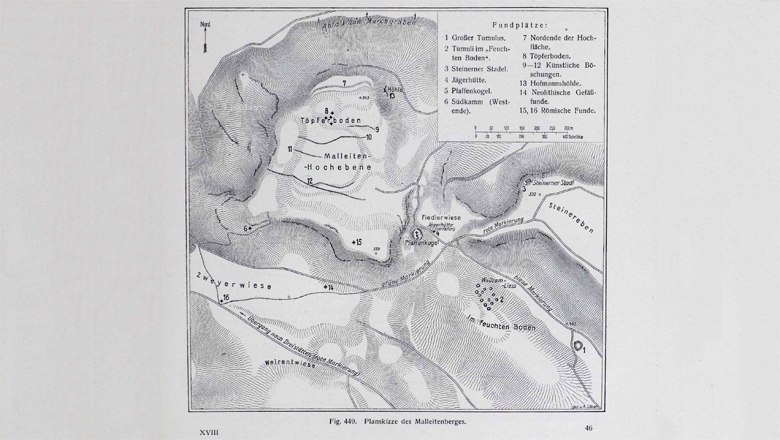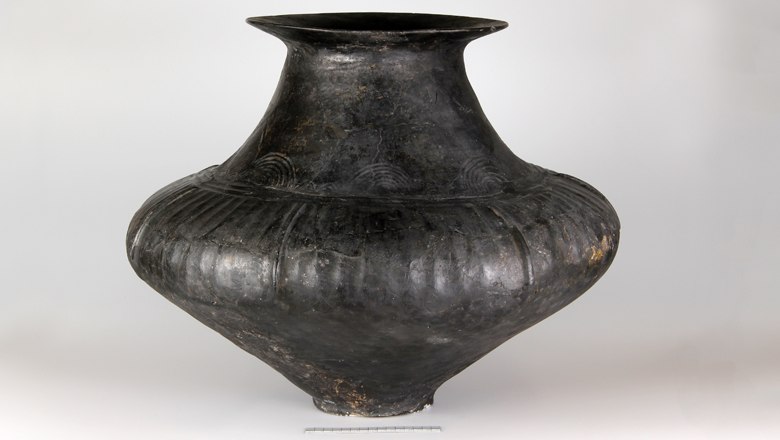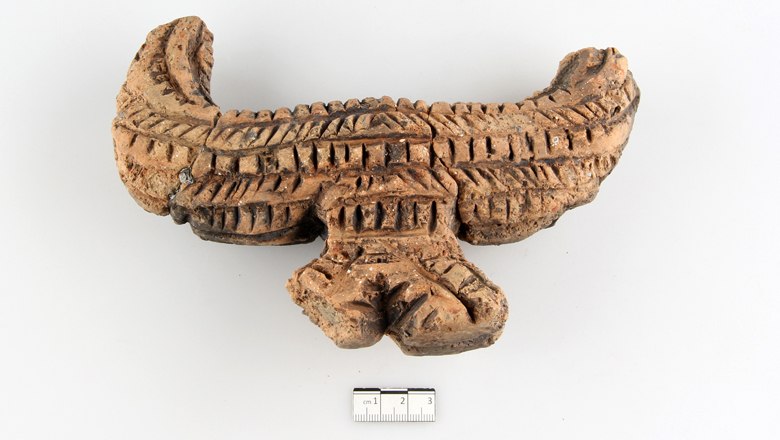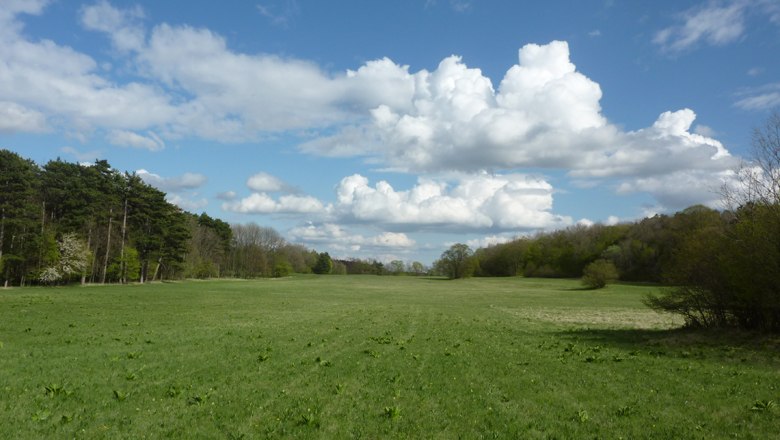The Hallstatt-period settlement on the Malleiten
Description
In the Early Iron Age there was an extensive settlement on the Malleiten, a mountain range to the north of Bad Fischau, to which burial mounds with rich finds and a pottery workshop bear witness.
The hilltop settlement, one of the most important settlements of the Hallstatt culture (Early Iron Age) in Lower Austria, was located on the western plateau of the Malleitenberg, the Malleiten (Marleiten), facing the New World. The large settlement belonged to a series of important Hallstatt settlements on the edge of the Vienna Basin (see also Mödling-Kalenderberg, Hinterbrühl-Schweinzerberg and Schwarzkogel as well as Baden-Rauheneck).
The settlement
The prehistoric settlement extended over the entire plateau of the Malleiten (Töpferwiese or Töpferboden, the Fiedlerwiese and at least the northern part of the Zweierwiese). The rocky plateau, which sloped vertically in places, had an almost square shape with sides around 500 m long, which gave the settlement a fortified character.
The main focus of settlement activity was in the Urnfield period and the older Hallstatt period (approx. 1000 to 500 BC). Excavations at Töpferboden have documented several pits and firing sites, some of which belonged to a pottery workshop. Slag and raw copper material also indicate bronze casting. Among the pottery finds, so-called mondidols stand out in particular. The name refers to their shape, which resembles a reclining crescent moon. Their function is still unclear. They could have been used as firebucks for placing spits over a fireplace, and a ritual-symbolic connection with the moon and thus with timekeeping also seems conceivable.
The Malleiten burial grounds
The burial grounds of the Hallstatt period inhabitants are located around the Malleiten. A shallow burial ground is thought to lie to the south of the mountain on the Zweierwiese. To the south-east, on the Feichtenboden, there is a series of barrows, probably a burial site for the local elite. Hallstatt period cult sites are suspected in the surrounding caves such as the Hofmannshöhle, the Steinernen Stadel or the Zwerglloch.




